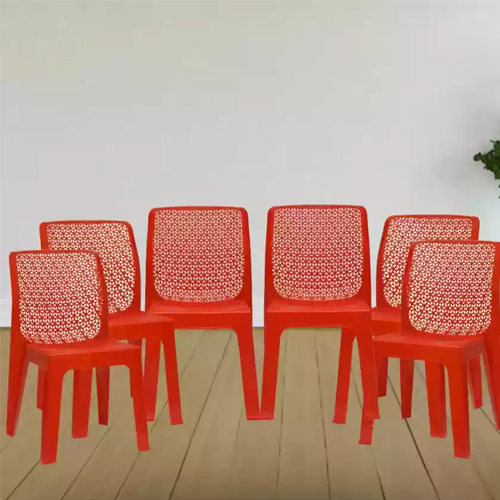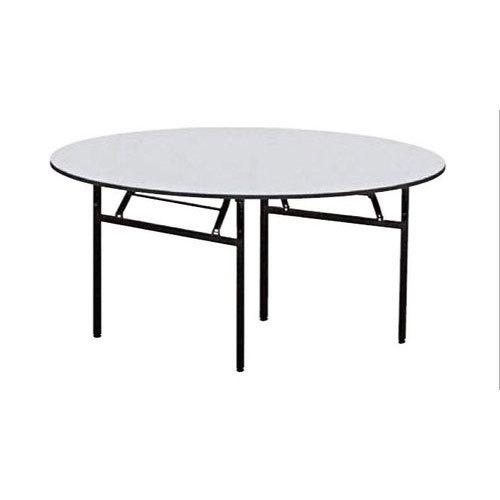
Stacking Chairs
Stacking chairs are practical and space-efficient options for various settings like offices, events, or dining areas. These chairs are designed to be easily stacked when not in use, allowing for efficient storage. They come in diverse materials such as plastic, metal, or wood, and can have padded or unpadded seats. Stacking chairs often prioritize durability and ease of handling, making them convenient for settings where flexibility and storage space are important.
-
Stackability:
- The primary feature of stacking chairs is their ability to be stacked on top of each other for compact storage. This is particularly useful in settings where space optimization is essential.
-
Material:
- Stacking chairs can be made from a variety of materials, including plastic, metal, wood, or a combination of these. The choice of material affects the chair's durability, weight, and overall aesthetic.
-
Frame Design:
- The frame of stacking chairs may vary in design, including straight legs, sled bases, or other configurations. Some chairs have a frame that allows for easy stacking without the need for additional accessories.
-
Upholstery:
- Stacking chairs may come with or without upholstery. Upholstered stacking chairs often have fabric, vinyl, or leather coverings on the seat and backrest for added comfort. Non-upholstered chairs are easy to clean and maintain.
-
Design and Aesthetics:
- Stacking chairs come in various designs and styles to suit different environments. Consider the overall aesthetic of the space where the chairs will be used.
-
Weight Capacity:
- Check the weight capacity of stacking chairs to ensure they can support the intended users. Chairs with sturdy frames and reliable construction typically have higher weight capacities.
-
Versatility:
- Stacking chairs are versatile and suitable for a wide range of applications. They can be used in offices, meeting rooms, classrooms, events, and outdoor gatherings.
-
Durability:
- Consider the durability of stacking chairs, especially if they will be subjected to frequent use or movement. High-quality materials and robust construction contribute to the chairs' durability.
-
Stacking Mechanism:
- Different stacking chairs may employ various stacking mechanisms. Some chairs stack horizontally, while others stack vertically. Chairs with interlocking features provide stability when stacked.
-
Portability:
- Stacking chairs are often lightweight, making them easy to move and rearrange as needed. Some chairs may also have handles or grip features for added portability.
-
Floor Protection:
- Chairs with protective glides or non-marking feet help prevent damage to floors, particularly on hard surfaces.
-
Usage Environment:
- Consider the environment where the stacking chairs will be used. Some chairs are designed for indoor use only, while others may be suitable for both indoor and outdoor settings.
-
Budget:
- Stacking chairs are available at various price points. Set a budget based on the quantity needed and the desired quality of materials and features.
-
Ergonomics:
- Some stacking chairs are designed with ergonomic features for enhanced comfort during prolonged use. Consider chairs with contoured seats and backrests for ergonomic support.
Stacking chairs offer a practical solution for spaces that require flexible seating arrangements and efficient storage. When selecting stacking chairs, consider factors such as the material, design, durability, and overall functionality that align with the specific needs of your environment.






